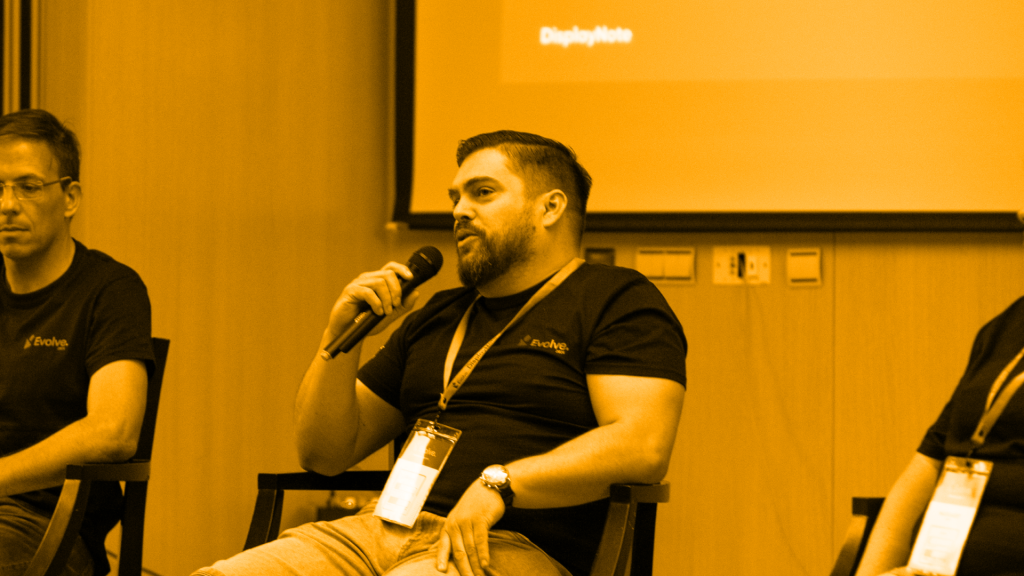
Immersive group collaboration : What is it & why should you care?
If you’re in the business of making it easier for people to work together, then there’s a chance you might have come across the term Immersive Collaboration in 2016. Certainly this is a term you’re going to be hearing a lot more of in 2017.
But what is it and why should you care?
First of all, and with a nod to those in the telepresence world, let me explain what it’s not. It’s not immersion in the telepresence sense of the world. Immersion in that regard is a solution that aims to make you feel like you are sitting in the same room as your video connected colleagues.
The point at which a solution becomes immersive is arbitrary, but, the more techniques used, the more effective the result.
No, immersive group collaboration is different. According to Irwin Lazar at Nemertes Research immersive group collaboration “enables teams to project, manipulate and share content in real time with remote workers.”
One way to think about it is along the lines of next generation whiteboards.
Instead of static content being shown on the board, remote workers as well as their colleagues in the meeting room can see the content (like a PowerPoint Presentation, or Word Document) and actively participate in ideation and co-creation of that content, either on a flat panel display that’s in a conference room or from a smaller device like a laptop, tablet or smartphone. What you’re aiming for is multiple people (no matter where they are) working together on content as if they’re all in the same room.
5 Characteristics of Immersive Collaboration
- The Ability for multiple participants to display content (from anywhere) and to co-edit that content, change it and also move it around on the screen.
- A touch enabled interface for organising what’s being displayed on the screen, to make annotations and for participants to take control of connecting mobile devices.
- Built In communications tools like group video and team chat that allows the group to communicate with each other before, during and after any session.
- A place to store content / shared outcomes that have been created together. E.g. a shared whiteboard.
- Device integration for participants to connect with content when working remotely or even the meeting space.
Free eBook – 6 Things that will Make your Large Format Display More Collaborative

What to Consider when Thinking about Immersive Group Collaboration
There are a number of considerations to bear in mind when thinking about Immersive Group Collaboration:
- Ensuring that your rooms are set up to allow co-creation and manipulation of content. – You may already have a video conferencing solution but can it be used when your team want to work together on a presentation? You may have invested in or are about to invest in large format displays for your meeting rooms – are they touch enabled?
- Impact on Workflows – Investigate how your teams currently work together on content when they’re in a meeting -it might be worthwhile sitting in on a few sessions or making notes the next time you do this personally. How are documents shared? Are they shared live or synced for later review? Can everyone see the content that’s being shown on the main screen? What happens when the meeting is over -do the documents live on?
- Storage Considerations – Is there access to a central repository for teams to go and find content ahead of working on it? Maybe you use SharePoint, so find out if any solution you’re going to deploy works nicely with it.
Next steps…
There are many things to consider when thinking about Immersive Group Collaboration, the list above is merely topics to help get you started in thinking about this process.
Read our eBook on large format displays in the enterprise and how nomadic workforces are changing the way we interact with spaces.
Want to stay in the loop?
Keep up-to-date with everything DisplayNote – including new releases, job openings, and customer giveaways.
Don’t worry, we’ll not spam you and we’ll never share your email with anyone






